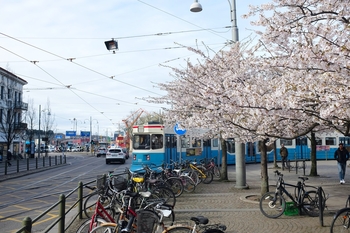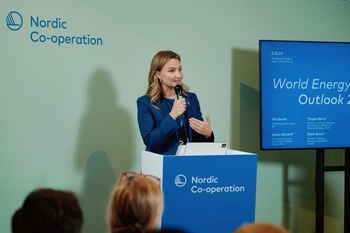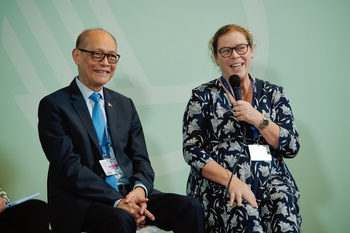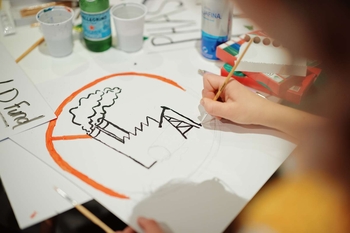Nordic co-operation on energy
Today, Nordic co-operation on energy is the most integrated regional system of co-operation in the world and is often cited as a model. Co-operation on energy has been on the Nordic Council of Ministers’ agenda since its establishment in 1972.
All the Nordic countries have ambitious national targets for switching to sustainable energy and are pioneers of green energy solutions in a global context. Nordic co-operation aims to support these national targets so that the Nordic Region can maintain its world-leading position.
Over the years, the whole region has benefited from this co-operation, which continues to provide benefits to this day. Thanks to the fact that the Nordic countries have a wide range of energy sources at their disposal, they complement each other and can benefit from each other’s strengths through close co-operation. This system benefits both companies and the public in all the Nordic countries. The energy supply is reliable and the share of sustainable energy is steadily growing.
Within the Nordic Council of Ministers, the Council of Ministers for Sustainable Growth is responsible for promoting co-operation under the leadership of the Nordic ministers for energy.
Co-operation on energy also takes place within Nordic Energy Research, which is one of the council of ministers’ institutions.
Co-operation on energy is on the Nordic Council’s agenda as well, including through the Committee for Growth and Development in the Nordic Region and the Committee for a Sustainable Nordic Region.
The Nordic Council of Ministers’ action plan for Vision 2030
The action plan describes how the Nordic Council of Ministers will work to achieve the objectives of the vision through a series of initiatives linked to the vision’s three strategic priorities: a green Nordic Region, a competitive Nordic Region, and a socially sustainable Nordic Region. There are 12 objectives linked to the strategic priorities. The strategic priorities and objectives govern all the activities of the Nordic Council of Ministers over the next four years. The action plan is divided into 12 sections, each one linked to one of the 12 objectives.




